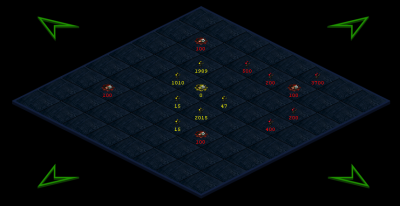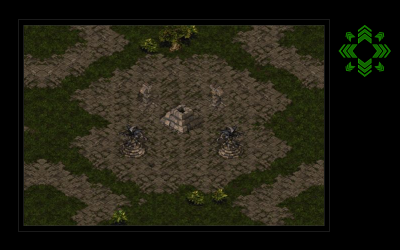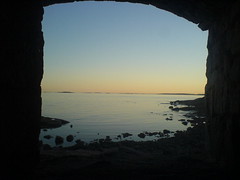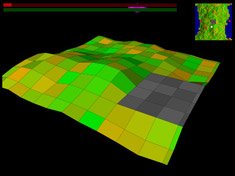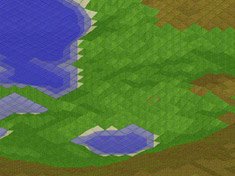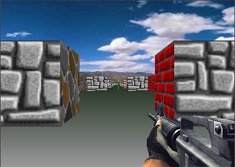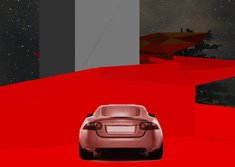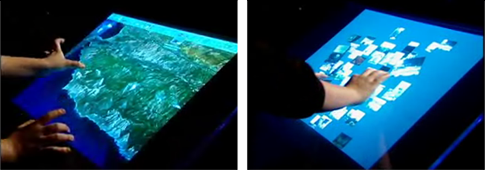The second prototype was updated. It is now a complete game. Well not really, however it is playable but lacks a concept. A new building was added – the command center. It serves as the main base of a player and can not be destroyed. Mechanisms to attack enemies were also added. A rudimentary ticker was added that gives units to each player depending on how many building he owns. Keyboard scrolling is another feature that was added. Players are now able to build bunkers. The more enemies a player kills the more bunkers he may build. Here’s a screenshot of the current version:
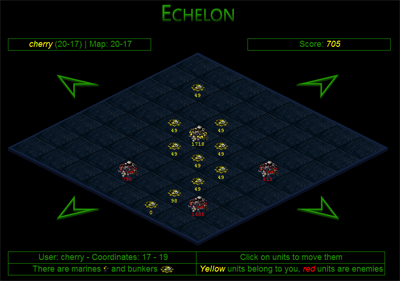
I also released the sourcecode under the GPLv3 and uploaded the files (the first and the second version) to the newly created Google Code project. The name of the project is JSGmap which is short for JavaScript Game Map. The project can be found here: http://code.google.com/p/jsgmap/. Unfortunately it is not possible to upload a public demo of the new version. However there’s a private version running on this server with ticks every 10 minutes. If you would like to take a look please leave a comment.
